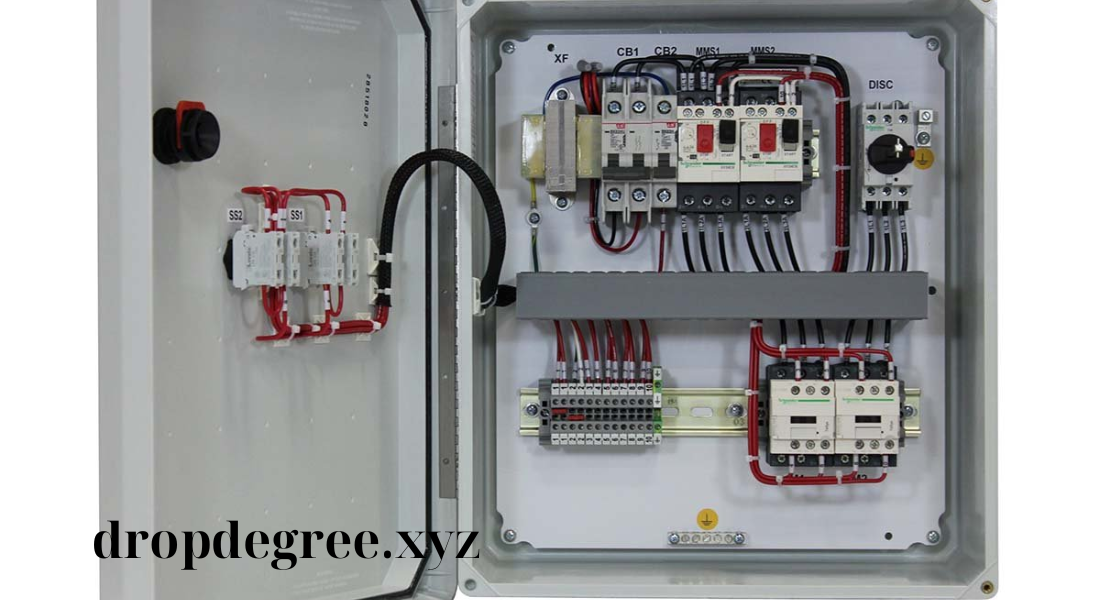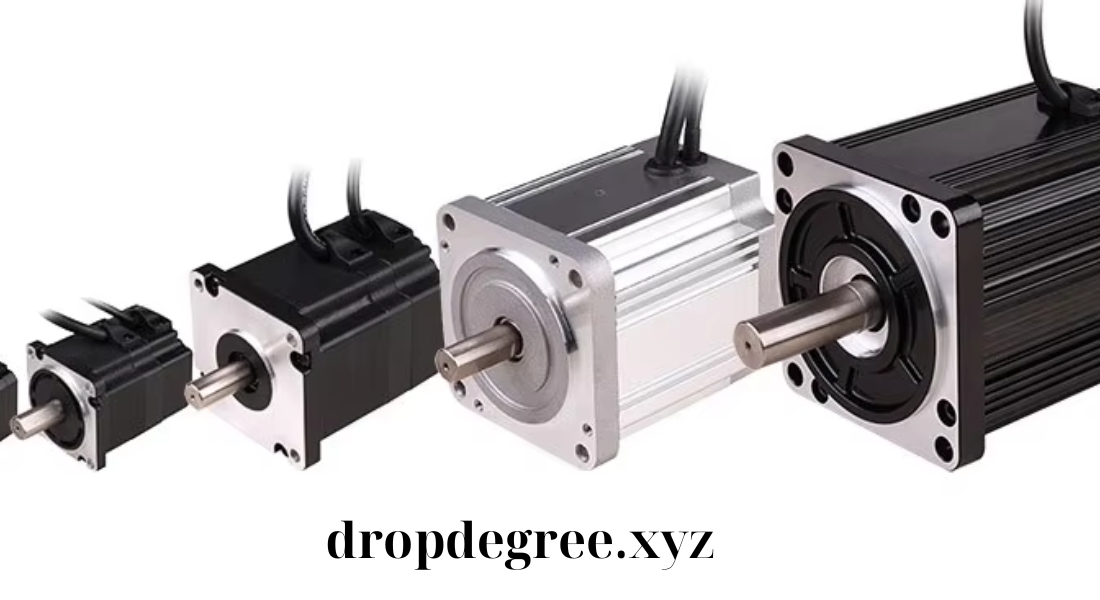Electric Motor Control: The Heart of Modern Mechanical Systems
Electric motor control is foundational in many industries, where it powers machinery and enhances the efficiency and precision of operations. With a focus on optimizing energy use, improving performance, and ensuring operational safety, electric motor control systems play a significant role in the success of various applications, from industrial machinery to commercial appliances. This guide explores the essential aspects of electric motor control, highlighting key technologies, applications, and benefits.
Understanding Electric Motor Control
Electric motor control refers to the methods and systems used to regulate the operation of an electric motor. This control may involve adjusting speed, torque, and direction, depending on the application requirements. Effective electric motor control ensures that motors function efficiently, minimize energy consumption, and reduce wear and tear on mechanical components.
There are different types of motor control, each suited to specific applications and performance criteria. Basic motor controls manage on/off functions, while advanced systems enable complex movements and optimized energy usage.
Key Components of Electric Motor Control Systems
- Controllers
Controllers are the core devices that monitor and regulate motor performance. These devices receive inputs from sensors and feedback mechanisms, process the information, and make adjustments to maintain optimal operation. - Sensors
Sensors provide essential data on motor speed, position, and temperature. This information allows the control system to adapt and optimize motor performance, ensuring smooth and efficient operations. - Drives
Drives manage the power supply to the motor, converting energy from the power source to a form that is suitable for the motor’s operation. Variable frequency drives (VFDs), for example, are used to control the speed of AC motors, making them ideal for applications requiring variable speed control. - Actuators
Actuators are mechanisms that translate control signals into mechanical movements, making them critical for precise control of motor functions. Actuators are commonly used in robotics and automation to control the movement of parts and components. - Feedback Systems
Feedback is vital in any control system. Electric motor control systems often employ encoders, resolvers, or other devices to provide real-time data on motor performance, which is then used to adjust operations accordingly.
Types of Electric Motor Control
- Direct On-Line (DOL) Control
Direct On-Line control is the simplest type, where the motor is connected directly to the power supply, resulting in full-speed operation immediately upon starting. This method is most suitable for small motors that do not require speed control or torque adjustments. - Variable Frequency Drive (VFD)
VFDs offer precise control over motor speed and are essential in applications that demand flexibility. By adjusting the frequency of the power supplied, VFDs enable motors to operate at various speeds, providing energy savings and better process control. - Soft Starters
Soft starters gradually increase the voltage supplied to the motor, allowing a smooth acceleration. This control method reduces the initial inrush of current, minimizing wear on motor components and extending the motor’s lifespan. - Servo Control
Servo motors are used for precise positioning, speed control, and torque regulation. These systems are commonly applied in robotics, CNC machines, and automated manufacturing, where high accuracy is required. - Programmable Logic Controllers (PLCs)
PLCs are used in complex motor control systems, where they handle multiple input and output signals to control various aspects of motor operations. PLCs are popular in industrial automation, where they provide flexibility, accuracy, and integration with larger control systems.

Applications of Electric Motor Control
Electric motor control is crucial in various industries, enhancing productivity, efficiency, and reliability. Here are some of the major applications:
- Manufacturing and Automation
Electric motor control systems power many machines and robots in manufacturing plants, ensuring precision and consistency in production lines. - HVAC Systems
Heating, ventilation, and air conditioning (HVAC) systems rely on motor control to adjust airflow and temperature efficiently, contributing to energy savings and comfort. - Transportation
Electric motor control is fundamental in electric vehicles (EVs), where precise speed and torque control are essential for smooth operation and energy efficiency. - Renewable Energy
In wind and solar power systems, motor control helps regulate the movement and positioning of equipment to maximize energy capture and conversion. - Robotics
Robotics applications require highly accurate motor control to perform tasks with precision. Motor control enables robots to achieve complex movements, making them invaluable in areas like manufacturing, healthcare, and logistics.
Benefits of Electric Motor Control
- Energy Efficiency
Motor control systems optimize energy use by matching motor speed and torque to the workload, reducing energy waste and lowering operational costs. - Improved Performance
With controlled operation, motors perform tasks more efficiently and precisely, which is critical in applications demanding high precision, such as robotics and automated manufacturing. - Reduced Wear and Tear
Controlled start and stop functions, along with adjustable speed, reduce stress on motor components, extending their lifespan and reducing maintenance needs. - Enhanced Safety
Motor control systems can detect abnormal conditions, such as overheating or excessive current, and take protective actions, safeguarding equipment and operators. - Flexible Operations
Adjustable motor control allows for versatile applications, making it easier to adapt to varying operational requirements and workload demands.
Innovations in Electric Motor Control
Advancements in technology are driving new possibilities for electric motor control. Artificial intelligence (AI) and machine learning (ML) are now integrated into motor control systems to enable predictive maintenance and self-optimization. These systems can analyze performance patterns and adjust operations in real-time, ensuring maximum efficiency and minimizing downtime.
Another notable innovation is wireless motor control, which enables remote operation and monitoring of motors through IoT-enabled devices. This development is particularly useful in large industrial settings, where central monitoring of multiple motors can enhance productivity.
Choosing the Right Electric Motor Control System
Selecting an appropriate motor control system depends on various factors, such as motor size, application requirements, and budget. For instance:
- Small Motors: For simple on/off control, a Direct On-Line starter may suffice.
- Variable Speed Applications: VFDs provide flexibility for applications that demand variable speeds, like HVAC systems.
- High-Precision Requirements: Servo control or PLC systems are ideal for high-precision tasks, such as those found in robotics or CNC machining.
Understanding the specific needs of an application is essential for selecting a motor control system that maximizes performance while minimizing costs.
Conclusion
Electric motor control is a dynamic field that continues to evolve with technological advancements, driving increased efficiency and innovation across multiple sectors. From basic on/off systems to sophisticated controllers that incorporate AI and IoT, electric motor control plays a vital role in optimizing the performance and reliability of countless applications. As industries shift toward automation and energy conservation, advanced motor control systems have become indispensable in meeting these demands.
By choosing the right motor control system, businesses can achieve significant energy savings, lower operational costs, and improve overall efficiency. Moreover, these systems enhance safety by providing real-time monitoring and control, preventing potential hazards or equipment failures. This makes electric motor control not only a smart investment but a strategic asset that contributes to a sustainable and safe working environment.
